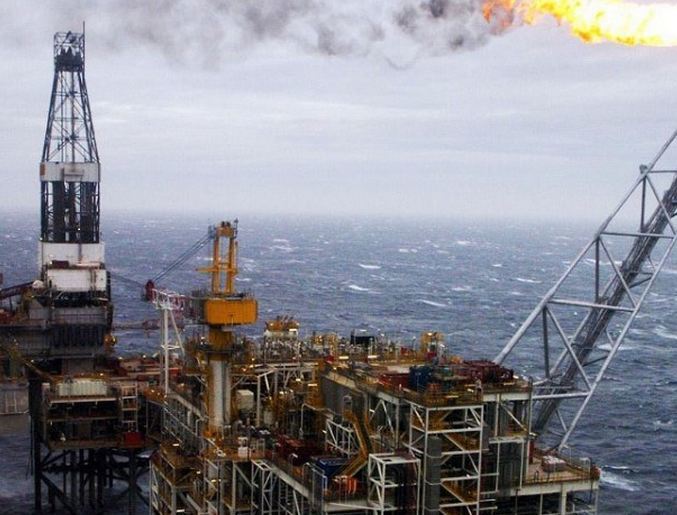
Oil’s holding near $45 while the bad news keeps coming. For investor Jim Rogers, that’s usually a sign a rebound’s round the corner.
The Organization of Petroleum Exporting Countries is still pumping near record amounts of oil, China’s imports have slowed and US crude stockpiles remain about 100 million barrels above the five-year seasonal average.
Yet, US benchmark prices have held steady for more than four weeks since plunging to a six- year low at the end of August.
“When there’s bad news and something doesn’t decline, it usually means it’s at a bottom and will be turning,” Rogers, who correctly predicted a commodities rally in 1999, said in an interview in Singapore on Thursday.
“Whether we’re at a turning point or not, I don’t know yet and I’m watching this very closely.”
A persistent global glut of crude that’s cut prices by half over the past year has prompted banks including Citigroup Inc. to predict further declines, with Goldman Sachs Group Inc. warning they may drop to as low as $20 a barrel.
The losses, driven by a US shale boom and OPEC’s strategy to sustain output to defend market share, has led a slump in commodities that’s roiled currency, equity and debt markets across the world.
West Texas Intermediate crude futures in New York plunged to $37.75 a barrel on August 24, the lowest intraday level since February 2009.
They’ve since averaged $44.99 and haven’t closed below $44 from the start of September. The November contract traded 56 cents higher at $45.30 at 10:22 a.m. Singapore time on Friday.
While US inventories remain abundant, the nation’s production has slipped in seven of the past eight weeks and drillers have idled more than half their rigs. Those cuts will help stabilize prices, Rogers said.
“Some companies are stopping drilling and production is actually going down in the US now,” the chairman of Rogers Holdings said. “Shell is canceling some drilling. All of these mean supplies will be going down in the future.”
Rogers also said he was watching Glencore Plc, whose shares fell by a record on Monday in London amid concern over its debt load.
The commodity producer and trader has since recovered some of the near 30 percent loss after the company moved to reassure investors and as banks including JPMorgan Chase & Co. said the slump left the stock undervalued. Citigroup wrote that management should consider taking the company private.
“It might be a good trade if you go public at a high price and you buy it back at a depressed price,” Rogers said, referring to Glencore. “That might be a wise thing to do. On the other hand, they have a lot of debt so I don’t know if they could do that.”
With the Bloomberg Commodity Index, a measure of returns from 22 components, plunging to the lowest level since 1999 in August, Rogers also sees opportunities for investors in other raw materials.
“Agriculture is probably where the best opportunities are,” he said. “I’m not buying rice and sugar at the moment but some of these things are down a lot from their all time highs. There’s potential opportunities out there.”